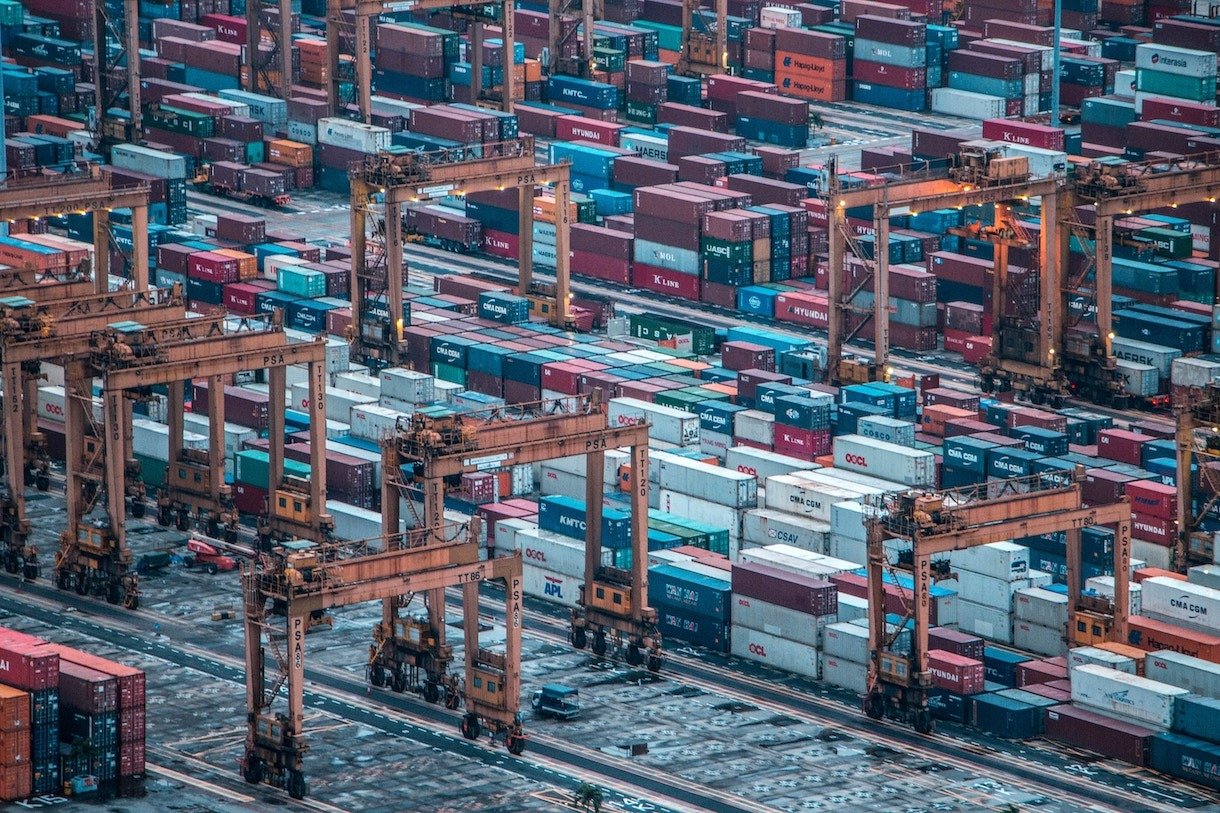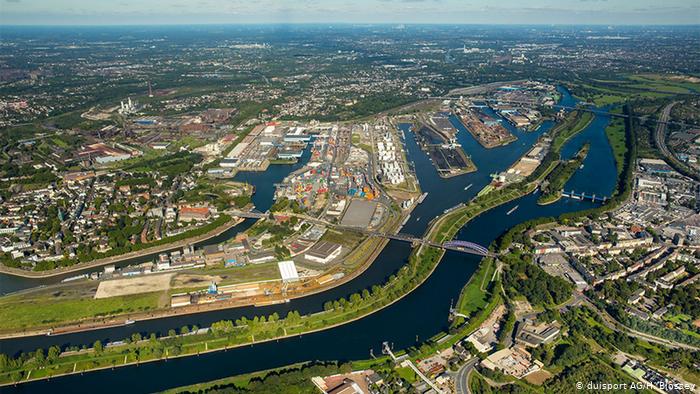You definitely know what an airport is and are familiar with seaports as well. However, what you may be less familiar with is a dry port. We are going to go over what are dry ports, as well as their benefits, along with some challenges. You will come to see that dry ports are an indispensable component of the global supply chain, that makes it possible for you to have the products you use on a daily basis.
As the name suggests, a dry port is a port that is away from the sea. It is more inland and connected to a seaport with either a paved road or railway. Dry ports are terminals where cargo brought over on ships is transshipped. These inland ports often include storage facilities for a massive quantity of goods and are used for customs clearance of those goods.

Benefits of Dry Ports
One of the benefits of having dry ports is their ability to relieve the issues of storage and customs space that frequently plagues seaports. Ports located along the ocean have a limited amount of space, which is far less than is sometimes necessary to handle the large quantities of goods coming in. They help reduce the competition of companies trying to get their goods stored temporarily before they embark onward to their destinations.
Another benefit is the ability of a dry port to speed up the movement of cargo between ships and inland transportation systems that distribute the goods. This helps maintain dry ports as central distribution hubs for a massive amount of goods, as the import and expert of goods becomes quicker.
Dry ports are specialized facilities that are designed to process standardized shipping containers used within international transport. The use of these shipping containers makes it easy to move goods off of a ship and onto a tractor-trailer, train, or another ship. The transported goods only need to be unloaded once they arrive at their final processing destination.
Dry ports also act as a cost-effective distribution channel between seaports and high-capacity rail. The entire process becomes more efficient, thanks to this link existing within the supply chain. Collection of the containers is simple and fast, allowing for goods to reach their final destinations quicker, at a lower price.
There is even an environmental benefit to using dry ports. One study had found that when dry ports are used in the supply chain, CO2 emissions are roughly 25% lower than they normally would be. That is a significant reduction in pollution caused by the transportation of goods.
Challenges Facing Dry Ports
While there are several benefits to using dry ports, there are a few challenges as well. One of these is the issue of increased cargo volumes carried by railway. The current infrastructure of railways and road systems is not as developed as it needs to be in many countries, in order to handle the increasing loads. Some countries have insufficient railway tracks to quickly transport goods coming into them. There needs to be a more developed rail and road network within these countries, in order for dry ports to be used to their highest potential.
There is also a financial component to them being beat out in certain parts of the world. Localized seaports sometimes provide strong competition that undercuts the ability to be the more economical choice. This is especially true in nations sharing large areas of land with the ocean. The political will to favor the more environmentally-friendly dry ports is not always there.

Major Global Dry Ports
There are some massive inland ports located around the world. One of the biggest is contained in Duisburg, Germany. Over 3 million shipping containers and 130 million tons of goods comes into this dry port every year. The strategic location of this hub makes it one of the primary crossroads of the Silk Road.
One of the most advanced and developed dry ports in all of Asia can be found in Lat Krabang, Thailand. Just outside of Bangkok, it has the capacity to process half a million shipping containers, yet is on record of handling 1.7 million in 2008. With a high-speed rail connection to this port, goods can be quickly shipped to their final destination.
Wrapping Up
A dry port is simply an inland port that is linked to a seaport by a road or railway. There is no need to haul goods on a ship, making transportation and dissemination of goods faster. Dry ports help with the transfer of shipping containers from the ships they come in on, to the inland transportation network that helps get goods everyone uses, to their homes. The benefits of them are clear, which is why they are such an integral component of the entire global supply chain.



